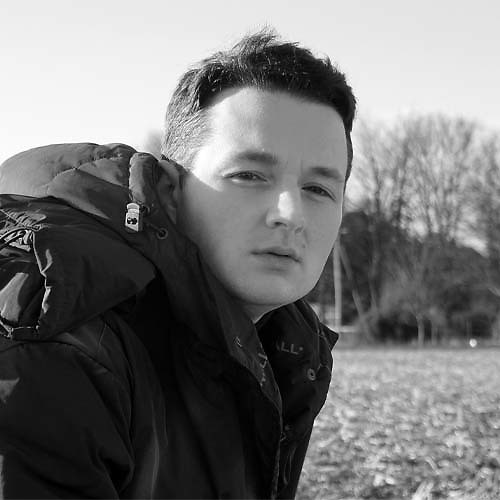We Happy Few preview: As high as a kite on the streets of paradise
How does We Happy Few hold up in its current state? We dive into the dystopian world of Wellington Wells to take a look.
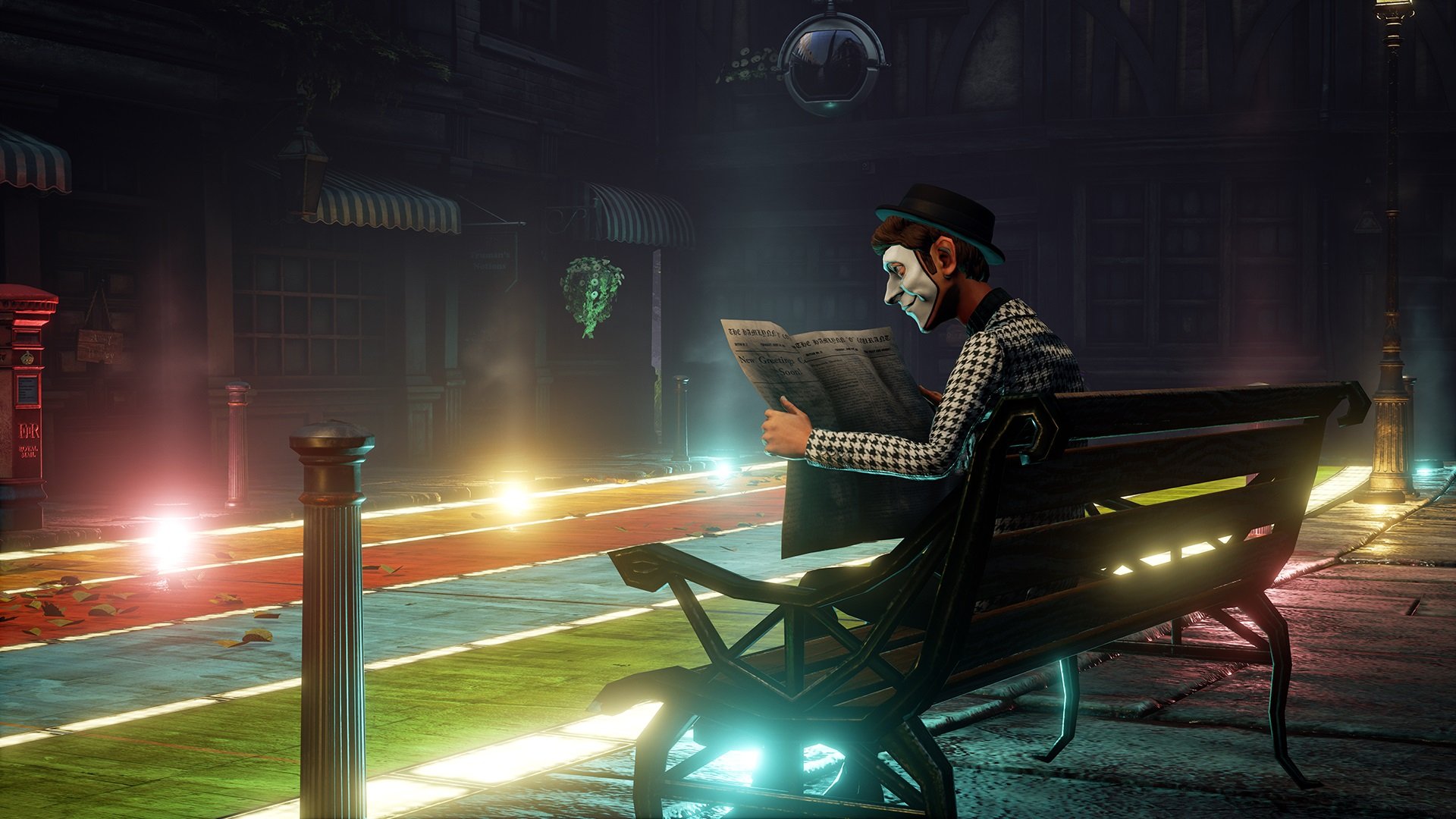
Last year, Compulsion Games debuted its upcoming psychological horror game, We Happy Few. With a distinguished foundation and likeness to eerie classics such as Bioshock, the indie title took the spotlight during Microsoft's Gamescom 2015 press conference.
Despite the fact the game is still in development, We Happy Few is making its way to the Xbox One through Microsoft's Game Preview initiative. Thanks to this program, the public can gain access to an in-progress version of the product, which will be continually updated until the final release.
"Society revolves around a hallucinogenic drug known as Joy"
Set in a futuristic dystopia influenced by 1960's London, society revolves around a hallucinogenic drug known as 'Joy'. While under the influence of this drug, the surrounding world is more appealing, with a majority of its imperfections masked behind hallucinations. While some aspects of the world are still unsettling, the positive approach to daily life obscures the world's flaws.
Although the final version of We Happy Few will present three separate character narratives, the preview version focuses on gameplay mechanics and the ominous depiction of Wellington Wells. Only a few loose plot points are provided for context but still contribute towards the disconcerting atmosphere established during the game's opening chapter.
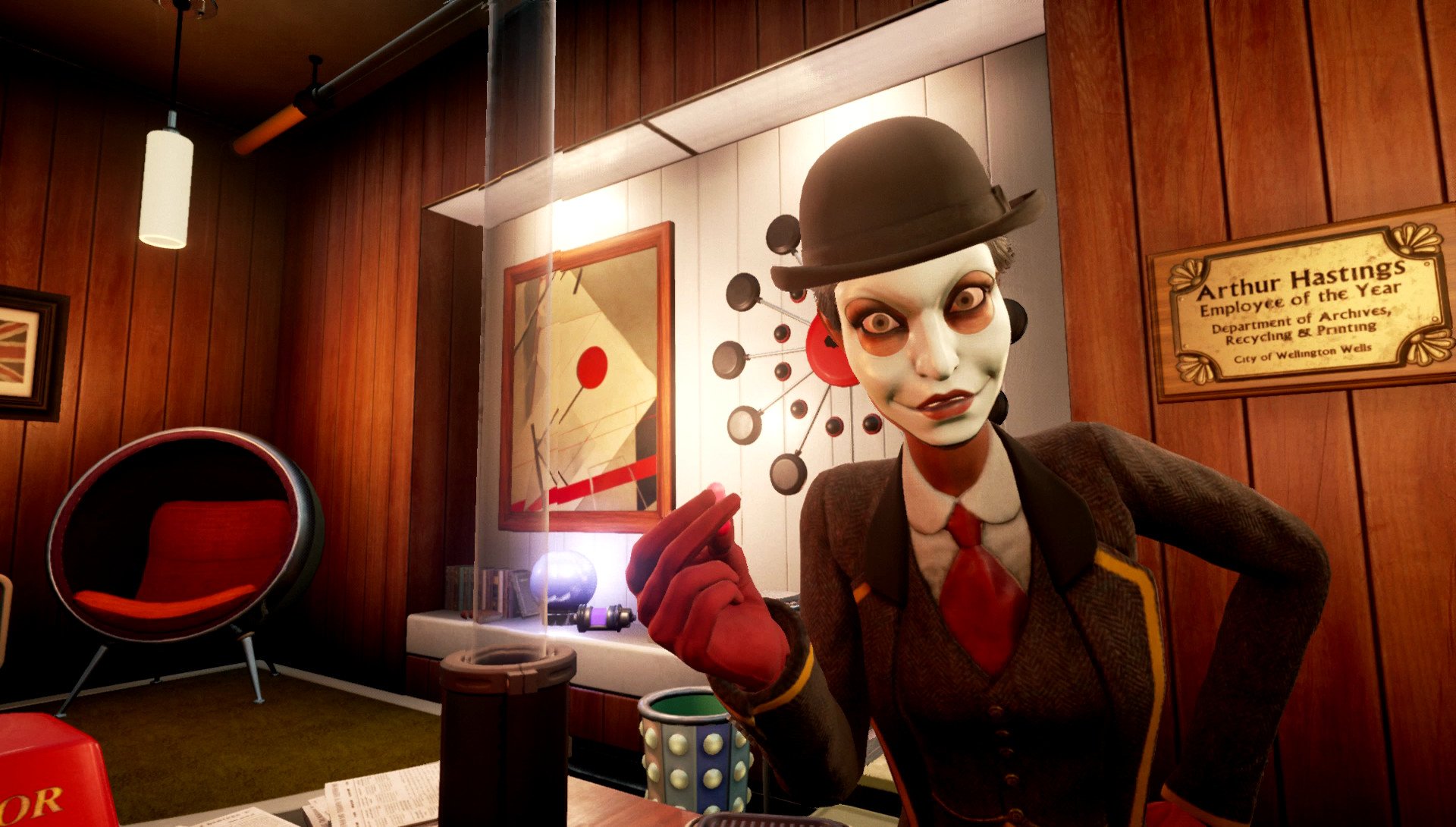
Building the world of Wellington Wells
Don't be a downer, take your joy!
We Happy Few puts players in control of an average resident of Wellington Wells known as Arthur Hastings, who earns a living redacting government archives. Using an automated 'Redactor' behind a desk, Arthur is tasked with erasing deleterious information from an archive of newspaper trimmings.
The introductory chapter begins with Arthur finding a newspaper trimming featuring his brother, which throws him into a state of depression. While Joy usually prevents remembering the past, Arthur is yet to take his most recent dosage.
Get the Windows Central Newsletter
All the latest news, reviews, and guides for Windows and Xbox diehards.
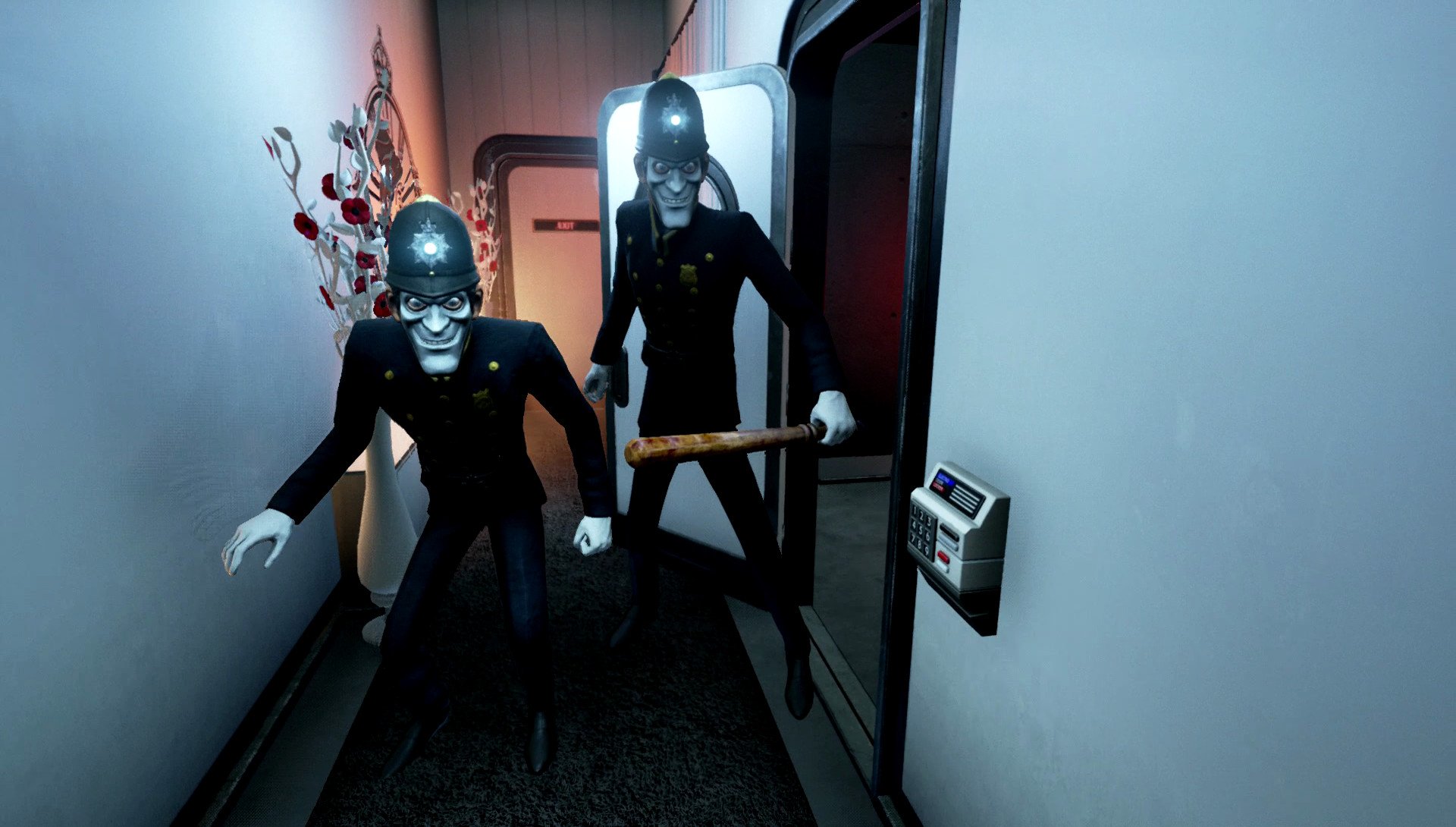
After passing out at his desk, a co-worker soon awakens him to join an ongoing party in the conference room. Arthur joins the party to find an abnormal, warped piñata being pounded by his colleagues, before being passed a broom to join in the fun. Still falling in and out of a hallucinogenic state, the piñata explodes, revealing a bloody rat's carcass on the table.
"Due to its severe dependence on Joy, society rejects those who refuse to consume it"
While gagging at the gory remains, it becomes clear to Arthur's colleagues that he isn't under the influence of the hallucinogen. Due to its severe dependence on Joy, society rejects those who refuse to consume it. Upon failing to conform and being labeled as a 'downer', Arthur is chased down and subdued by police enforcers.
Fading in from black, the player wakes up in an underground safe house, located underneath an island tagged the 'Garden'. Treated as an asylum for the downers, the derelict remains of a forgotten settlement contain all of the society's outliers. This sets off the game's first main quest, to escape the Garden and get back into the city.
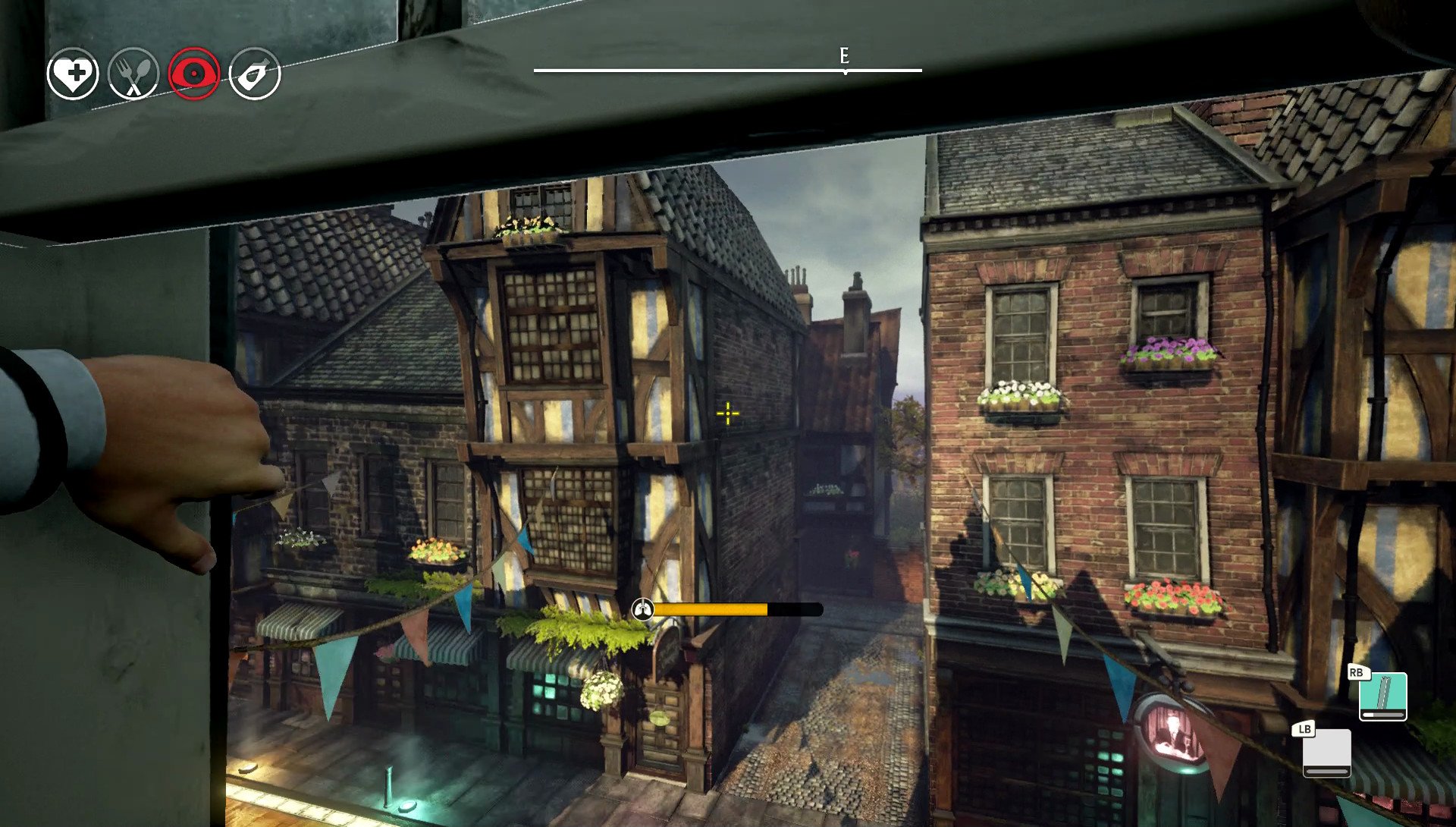
Managing your resources
Will you pop the pill?
In its current state, We Happy Few focuses on the game's quests and player progression, which are interwoven into the core survival mechanics. These quests still deliver a backstory to the surrounding world but lacks a relatable connection with a developed protagonist.
The available quests take advantage of a majority of We Happy Few's existing game mechanics, including its easy-to-use crafting and looting systems. With a vast number of quests available, the game currently offers a substantial amount of content to stay immersed in the game's world.
With a lack of these core narratives, a greater emphasis lays on resource management, which soon becomes a prevalent mechanic after the opening chapter. After entering the open world your resource levels start to decline and have to be continually maintained over the course of the game.
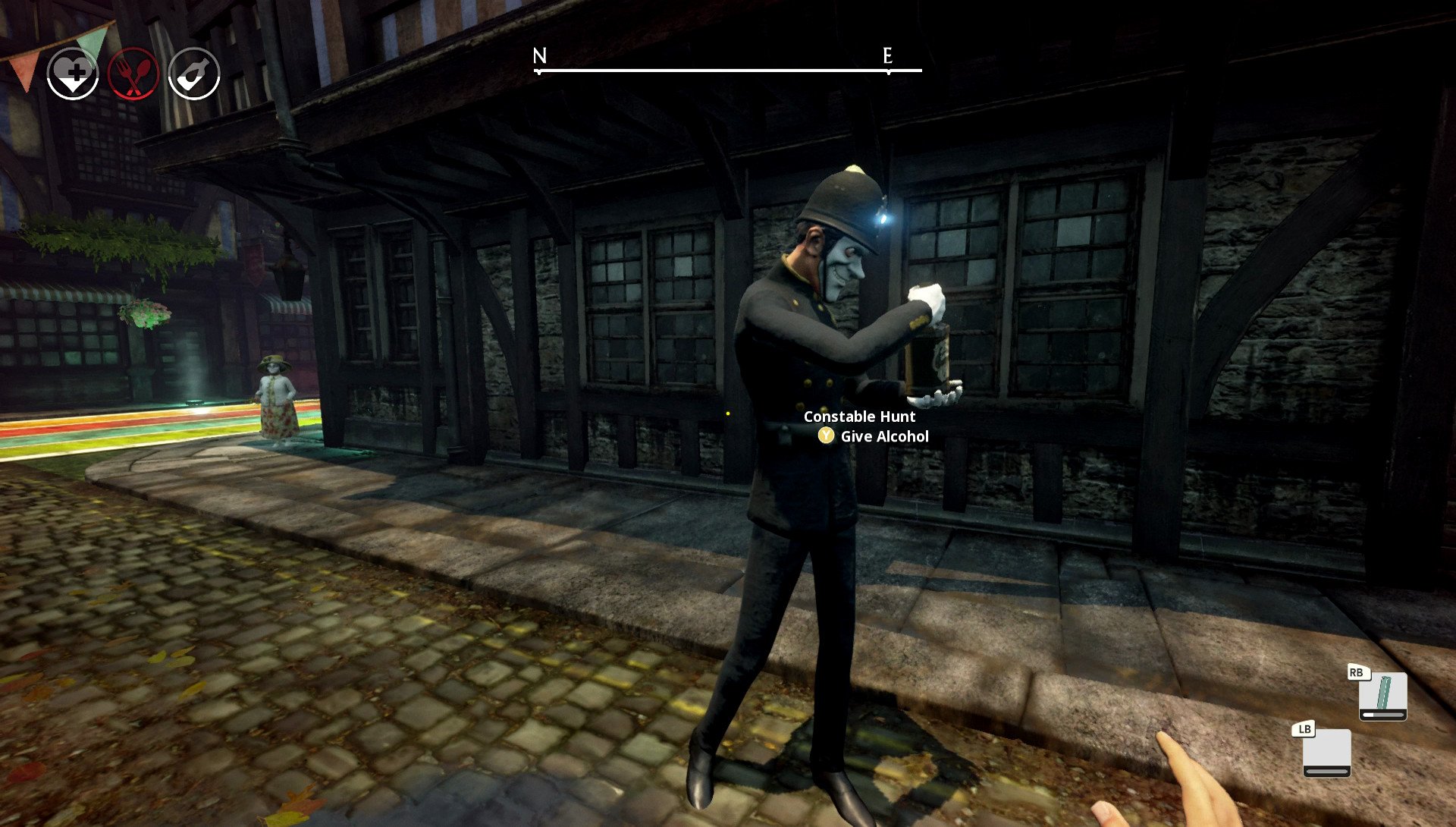
"With such a heavy toll on those who fail to stay healthy, resource management takes priority in all situations"
The game's main resources to track include Health, Water, Food, and Sleep, with various conditions that associate with these levels. A number of consumables and actions are recommended to meet your resource needs, to prevent an otherwise permanent death. With such a heavy toll on those who fail to stay healthy, resource management takes priority in all situations.
Even though We Happy Few's satisfaction comes from the completion of quests, the player's dependence on resources prevents players from engaging with these objectives. Between the sparse placement of consumables and quickly depleting meters, I found quest progression was frequently staggered by a lack of resources. With a heavy emphasis on two conflicting aspects, it feels these two components fight for the player's attention.
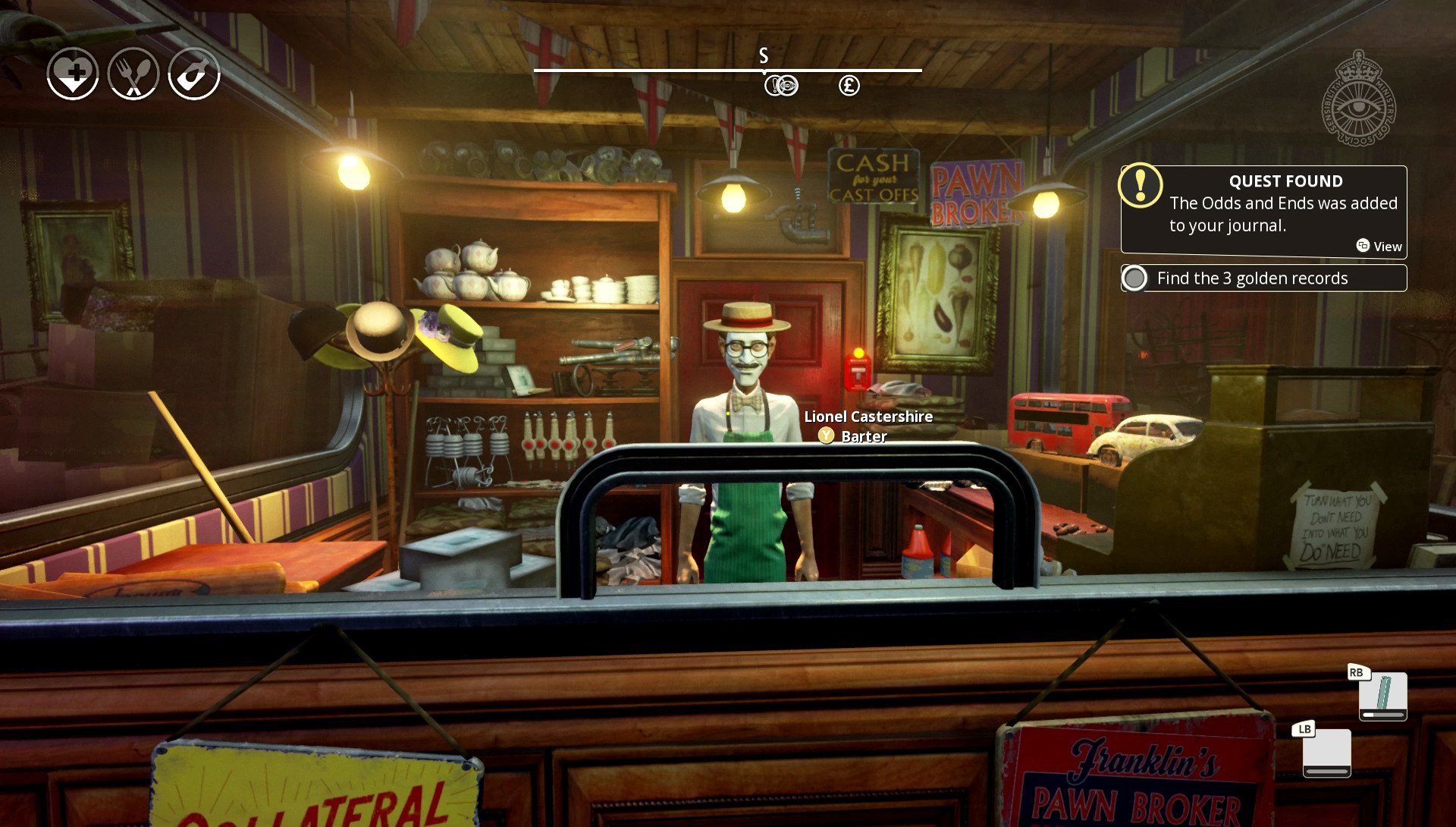
Blending in with the crowd
We don't like your sort around here.
While attention is placed on your body's conditions, the threat from suspicious city dwellers is just as large. When off your Joy, surrounding citizens may catch on, taking matters into their own hands. Other factors which influence the impressions of bystanders include your physical appearance and actions carried out in public view. To blend in with the crowd, it's also possible to consume doses of Joy, but consequently, increases the depletion of your resources.
Some of the most refined components of We Happy Few are its easy to use crafting and inventory management systems, which have been streamlined into an appealing, sleek interface. With a clear indication of required crafting materials and hints how to find them, the menu subtly guides players towards objectives. Praise is also due for its straightforward inventory operation, comprised of movable objects on a grid. Larger objects take up more room on the grid and have to be repositioned to accustom certain objects.
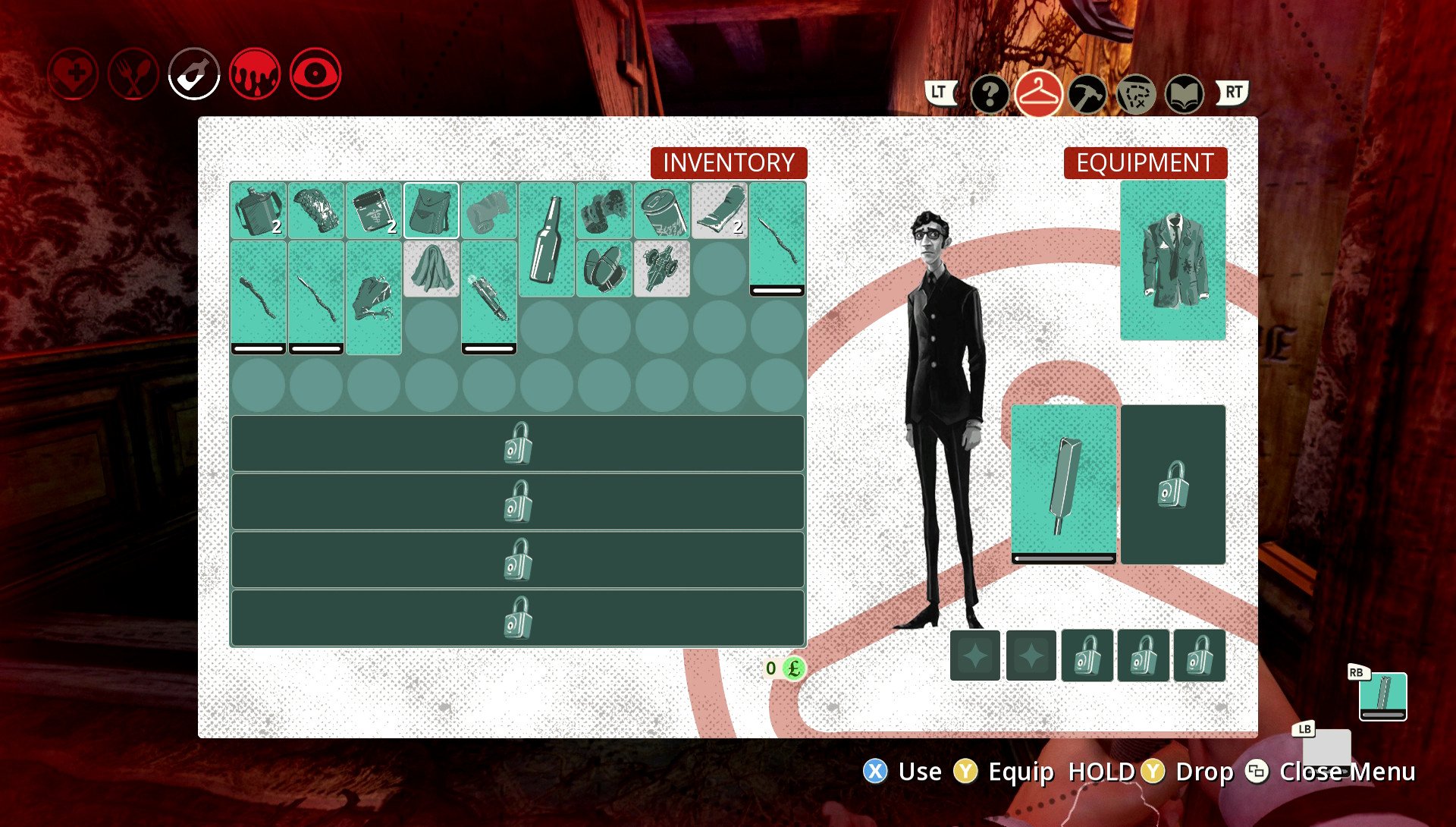
"The biggest disappointment of We Happy Few is the game's procedural world"
The biggest disappointment of We Happy Few is the game's procedural world, which promises a range of varied, but organic environments. Although there are no outlying performance issues with the worlds it produces, a custom-made environment would have aided in meeting the game's ambitions. Through a handcrafted setting, cities could deliver more of a personality, through landmarks and distinct areas. Instead, Wellington Wells feels uniform, lacking any memorable aspects.
Since We Happy Few is still in active development, the game doesn't run without flaws on the Xbox One. The game's beautiful world comes at a cost, causing the unlocked frame rate to frequently drop below 20fps. Aiming for what appears to be a solid 30fps, some further optimization is required to improve the game's performance on the console.
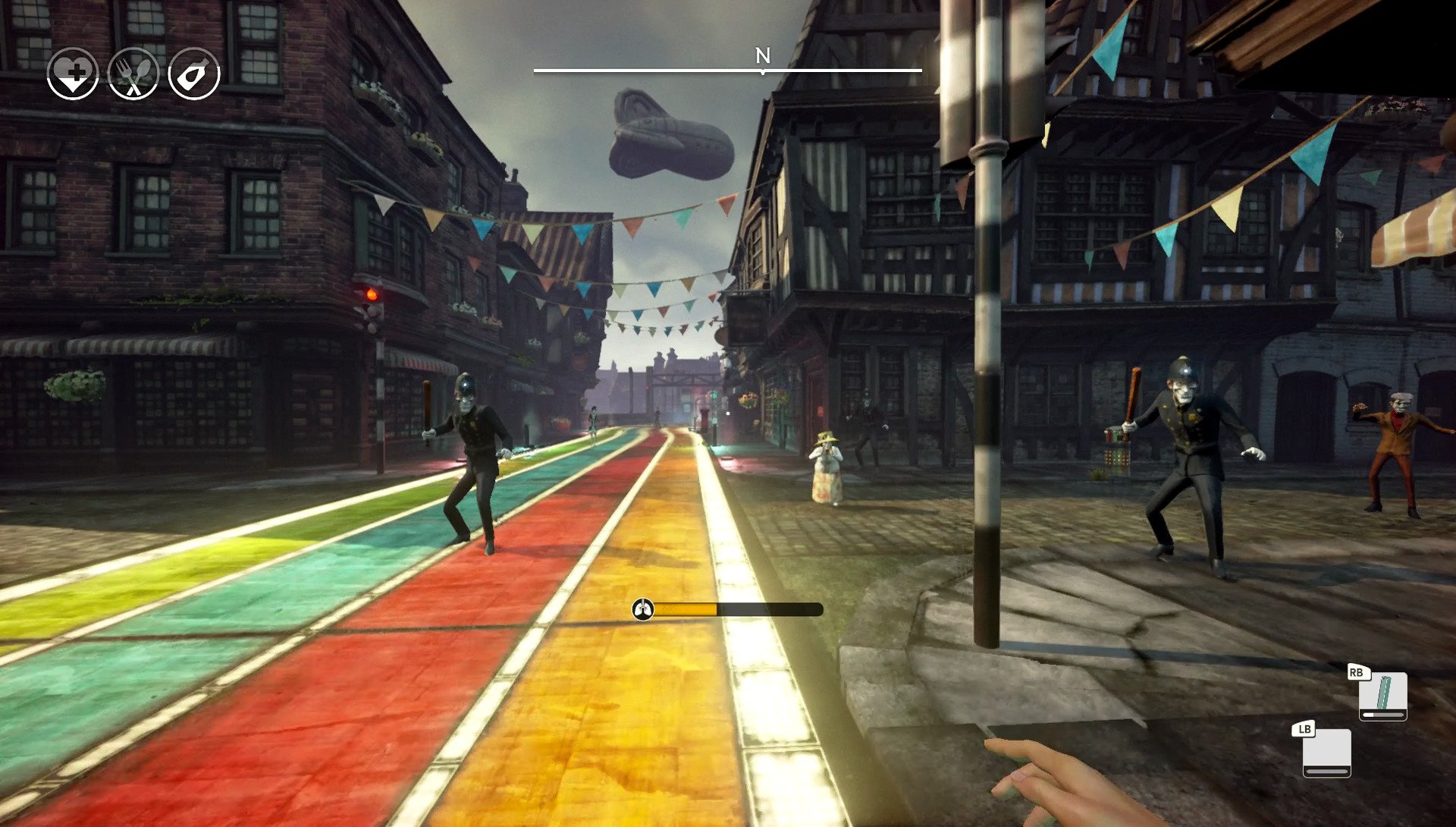
We Happy Few is shaping up to be one of the top ID@Xbox titles on the Xbox One this year, by successfully executing a truly distinctive concept. At points, the game's procedural roots strip back its potential but can be redeemed by its outstanding art direction. With double the environments and three unique stories to come later down the line, We Happy Few is looking to be a welcome addition to the Xbox One's 2016 lineup.
We Happy Few hits Xbox One Game Preview on July 26, 2016, for $29.99 while still in development.
Matt Brown was formerly a Windows Central's Senior Editor, Xbox & PC, at Future. Following over seven years of professional consumer technology and gaming coverage, he’s focused on the world of Microsoft's gaming efforts. You can follow him on Twitter @mattjbrown.
